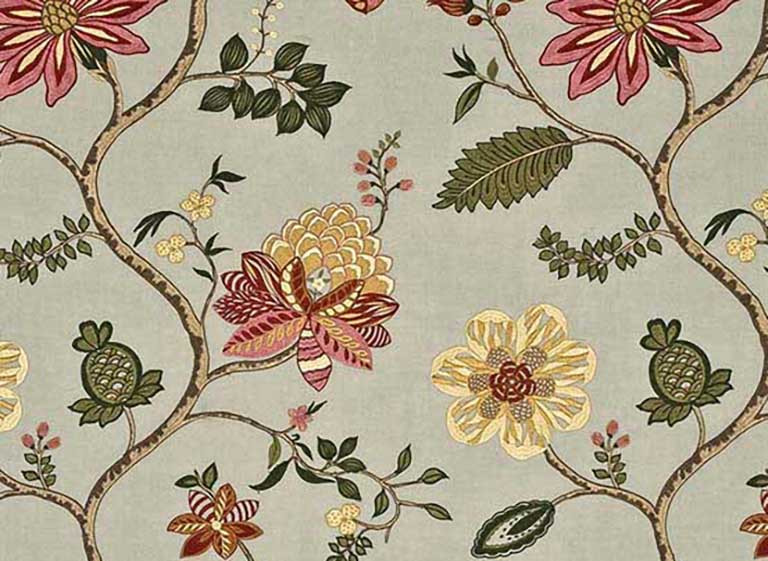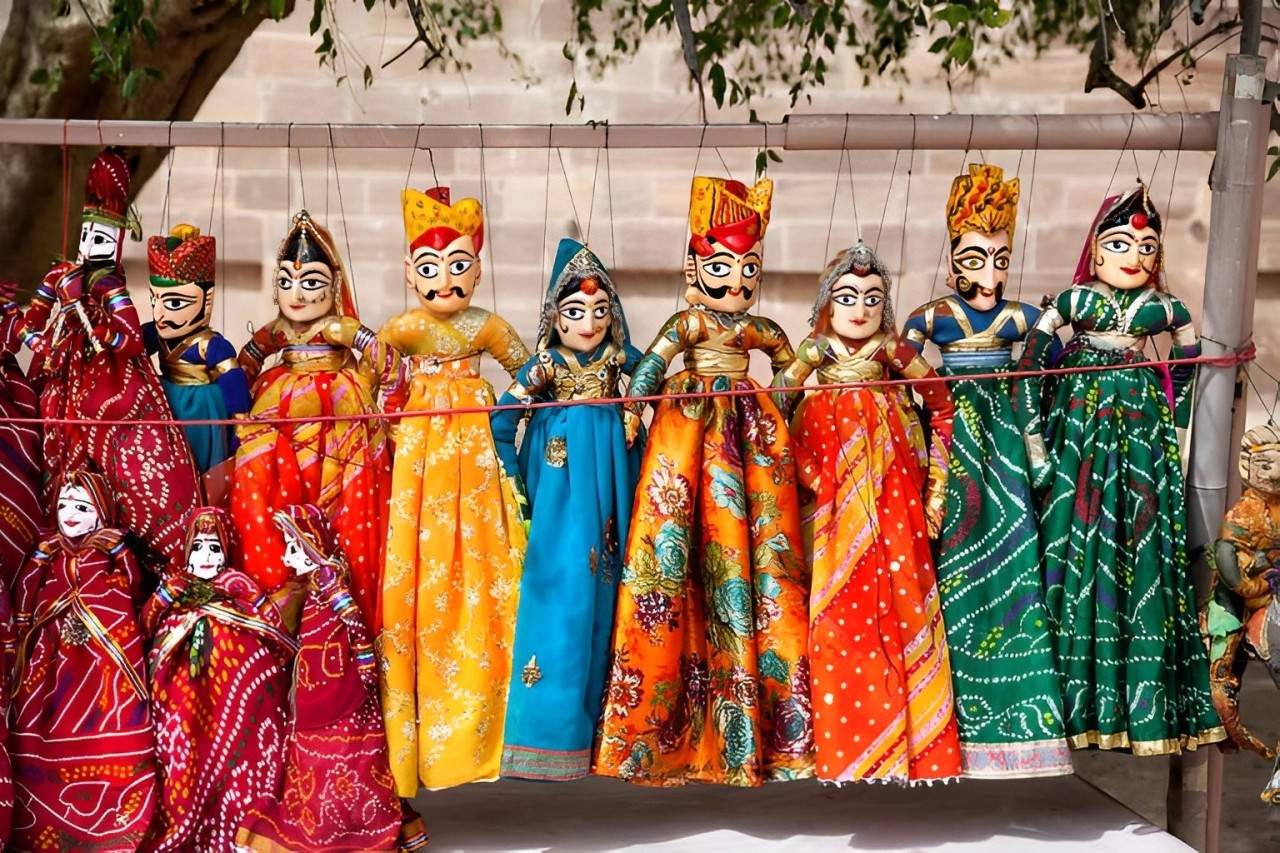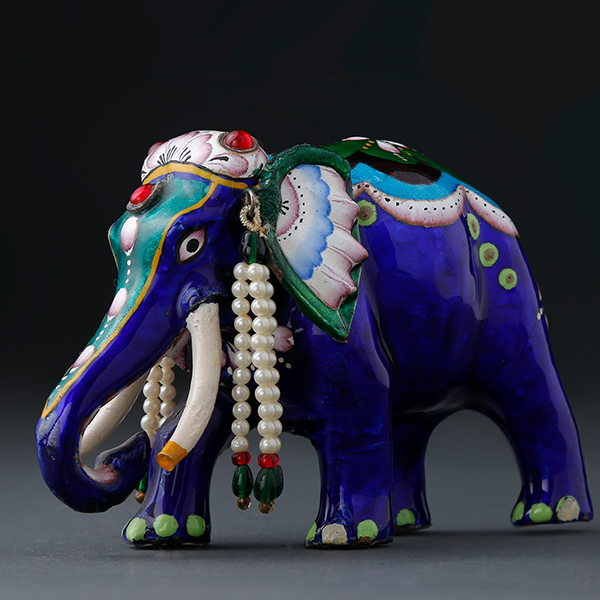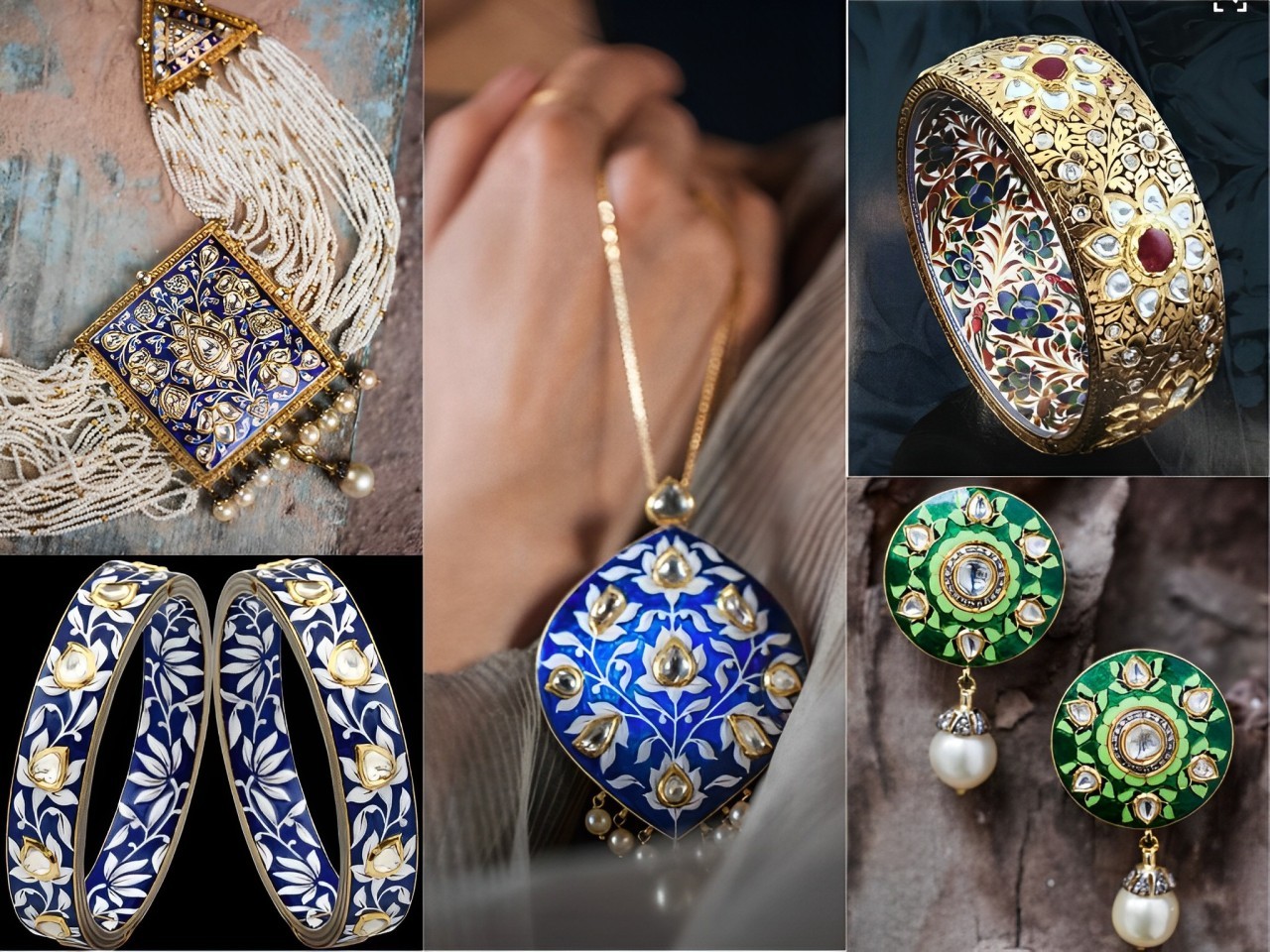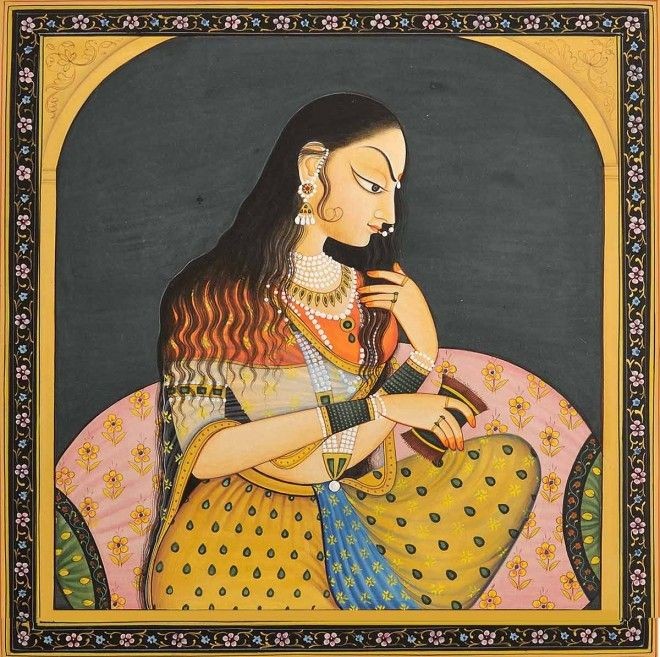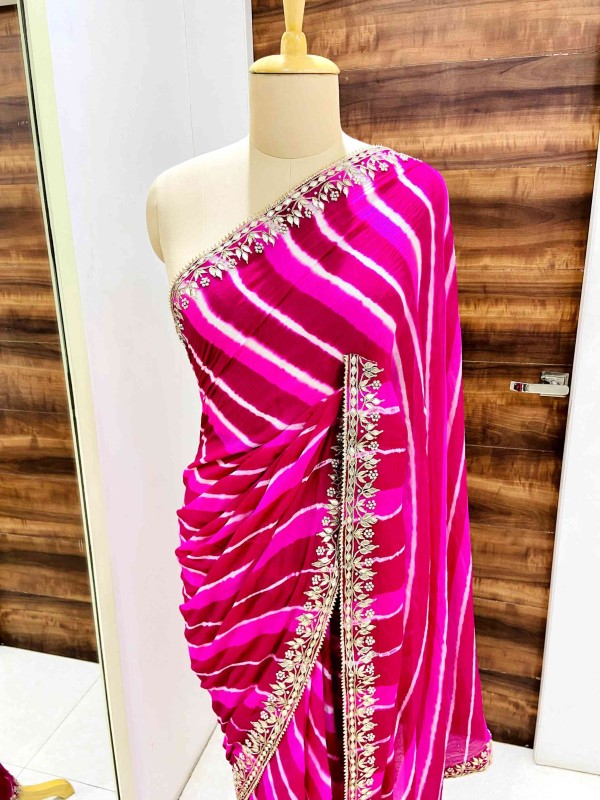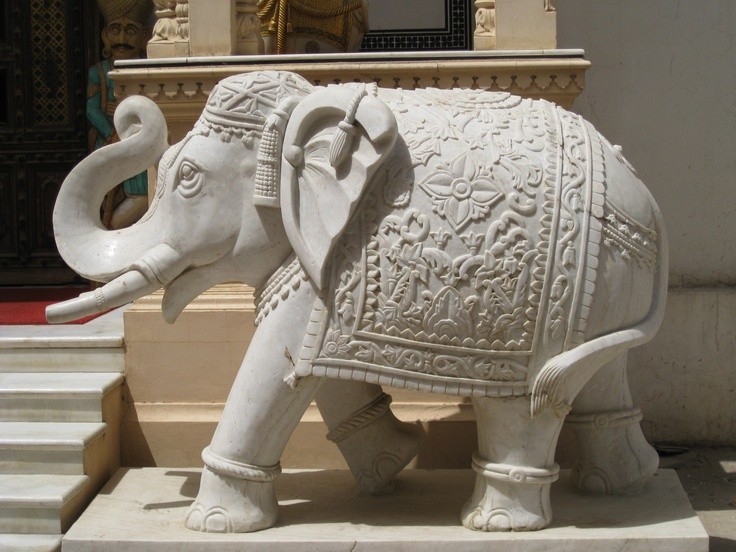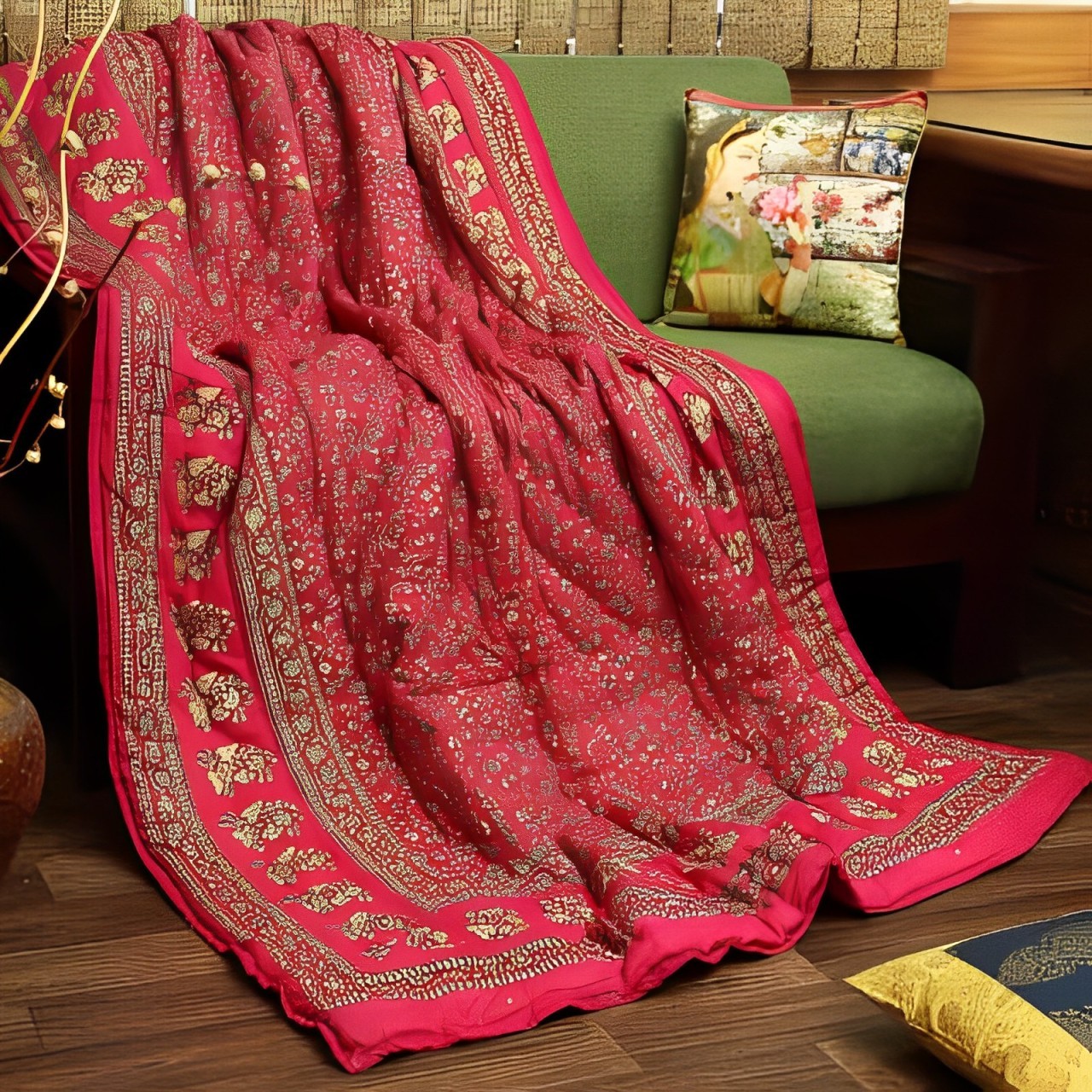Leheriya - A traditional style of tie dye practiced in Rajasthan
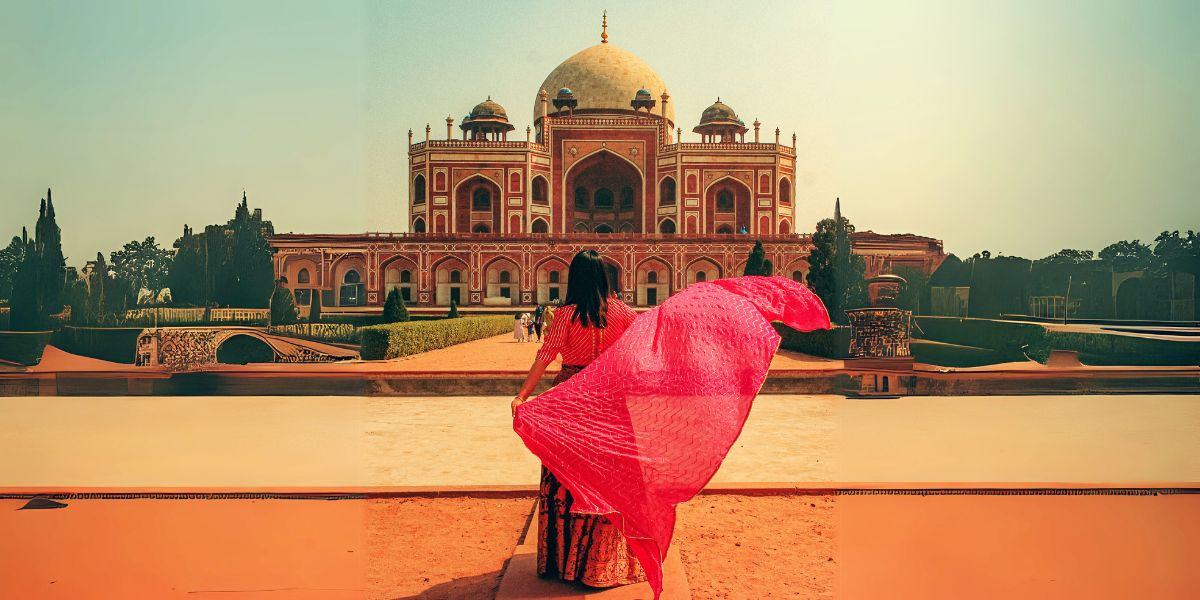
Leheria or Leheriya is a traditional style of tie dye practiced in Rajasthan, India that results in brightly coloured cloth with distinctive patterns. The technique gets its name from the Rajasthani word for wave because the dyeing technique is often used to produce complex wave patterns.
The bright colours and lightness of the fabric makes Leheriya a great fit for the global stage. It is a popular fabric in the export market too and has been showcased in fashion shows worldwide. Since Leheria prints are usually created on soft and light fabrics, it is preferred in regions with a warmer climate. The light and vibrant hues of Leheria is apt for spring and summer. The colourful fabric in the form of a dupatta can be used to adorn solid coloured salwar kameez. Alternatively, it can also be teamed up with Indo-Western attires to add a splash of vibrancy.
For a number of years, Leheria was a style that exclusively belonged to the Marwari community in Rajasthan. Those who belonged to the royal class wore blue Leheria attire. The most common base colour on which Leheria is practiced is white. Leheria is much easier to maintain than a style like block printing. The price of an apparel featuring Leheria depends on the number of times the cloth has been dyed and the textile used.
As far as regional influences and inspirations are concerned, the Leheria style has been inspired by regions in and around Gujarat, such as Udaipur in Rajasthan. The motifs and designs portray a sense of joy and colourfulness, retaining the simplicity of the culture of Gujarat.
The Leheriya (zigzag pattern of irregular colour stripes) is a visual invocation of the flow of water at the same time painstakingly showing the depths of indigo after multiple mud-resistant and dyeing processes. No small wonder that the blues in Leheriya attract the eyes instinctively.
Traces of Leheriya and examples of the same date back to the seventeenth century, note historians. Artisans used 5 different colours in former times and the dyes were all-natural, derived from plants as well as minerals. Patronized by the elites of Rajasthan in the nineteenth and early twentieth century, was not a symbol of culture but also of status. Local traders and merchants wore Leheriya turbans with bright hues for years.
For a really long time, it belonged to the Marwari classes & communities of Rajasthan before being popularised for the masses. The Rajputs of Rajasthan too use Leheriya turbans as a symbol of their heritage.
There are numerous product range for women’s, especially Scarf, which is wore on an Indian dress such as salvar kameez and even sarees are dyed in this process, majorly worn by Marwari community. For men, a Rajasthani turban, “Pagri” is made out of Leharia dyed cloth piece, wore especially during religious ceremonies such as marriage, puja etc.
Leheriya sarees style originated from Rajasthan, India. This saree is one of the versatile sarees among the different styles of sarees. This saree style is designed elegantly and sophistically. The weight of this saree is very less and comfortable to wear for long hours. This amazing saree is available throughout India. Each colour looks fabulous to this saree and that makes the saree most charming. This outfit, the pride of Rajasthani women, can attract anyone with the stunning look of the saree. The market availability of this saree is very easy. The price range of this saree is varying according to the fabric used and work done.
This Rajasthani-originated saree is world-famous in India. the Leheriya style is actually meant waves. These wavy designs on the saree make it uniquely designed patterns with lesser effort. Mostly the light and fresh colours look amazing with this saree. the saree is perfect for summers as it has the property of absorbing the heat. The base fabric that is mostly used to make this saree is cotton or silk, these both-based fabrics are amazing looking and comfort giving. The soft texture of cotton and shiny look of silk makes this saree a preferable choice for daily wearing or functions wearing respectively.
Leheriya extended to other clothes like cholis, dupattas, etc. later on, and wasn’t just limited to a turban. Different forms also came into existence which are now world renown, and they are Mothra, Pachranga & Satranga.
This Leheriya sarees is most popular among the girls and has amazing availability. This saree style increases the beauty of the Leheriya sarees. The amazing laces and Gota patties make the saree super attractive and perfect for many functions. The many options make us confused to get the best one, here are some stunning-looking sarees of this category listed below that you may try for the next events.
The mirror worked Leheriya sarees
These mirror works are getting popular nowadays. The perfect shiny-looking saree is perfect for functions in the evening. Day parties are also suitable for this outfit.
The Border Leheriya sarees
The beautifully designed border is an amazing part of the saree that can give a completely different look to your saree. The perfect blousing can also make the saree for functions and events.
It is interesting to note that the Leheria has been able to retain its original essence ever since its inception. In its earliest form, Leheria was a style mainly used in head turbans. As time progressed, Leheriya was introduced in lehenga cholis, salwar kameez and sarees. Nowadays, Leheria is a part of both attire and accessories. One can find the style on ethnic and casual clothing, bags and shoes, as well as on scarves and cravats.
A Leheriya adorned fabric is not very difficult to maintain. It can be maintained just like any other georgette, chiffon or cotton fabric. One common problem that most purchasers face is colour bleeding. However, the easiest and quickest fix for this problem is to soak the garment overnight, in a bucket of water that contains a teaspoon of salt. This process fastens the colours on the cloth.
More Insights
The Leheriya style of outfit is has started making its history far back in the 17th century, when there was the ruling of Rajput kings. This garment has made a huge impact on the people of Rajasthan. In the very first place kings were used to wear the turban of Leheriyastyle, and then females of royal families started wearing this super comfortable saree and flaunt with this light-weighted outfit. Later on, over the years this saree style has made its place in the heart of every woman. The impact of this saree is still intact in the textile market. this excellent saree style is not only famous among the Rajasthani people but also among the people of Gujarat.
Technique
Leheria dyeing is done on thin cotton or silk cloth, usually in lengths appropriate for dupatta, turbans or saris. According to World Textiles: A Visual Guide to Traditional Techniques, the fabric is "rolled diagonally from one corner to the opposite selvedge, and then tied at the required intervals and dyed". Wave patterns result from fanlike folds made before dying. Traditional leheria employs natural dyes and multiple washes and uses indigo or alizarin during the final stage of preparation.
An additional dyeing using the Leheria technique produces mothara. In the making of mothara, the original resists are removed and the fabric is re-rolled and tied along the opposite diagonal. This results in a checkered pattern with small undyed areas occurring at regular intervals. The undyed areas are about the size of a lentil, hence the name mothara(moth means lentil in Hindi).
The Leheriya designs are mostly dyes on silk or cotton fabric. This fabric is rolled from one corner to another and then tied at regular intervals, after that it undergoes the dyeing process. These wave patterns result from these regular folds, this dyeing process is repeated several times. The dye materials that are used, are natural and body-friendly. The alizarin and indigo dyes are used to make such designs on the saree. This amazing style of saree has undergone many modifications and revolutions over time. The weaving process is less time-consuming than this saree. craftsmen require no extra efforts to make this saree.
Tools and Raw Materials
Raw Material of Leharia Tie and Dye is as follows
Making Process in Leheria involves various simple steps, which are done mainly in backyards of homes or in any free space, by women mostly.

